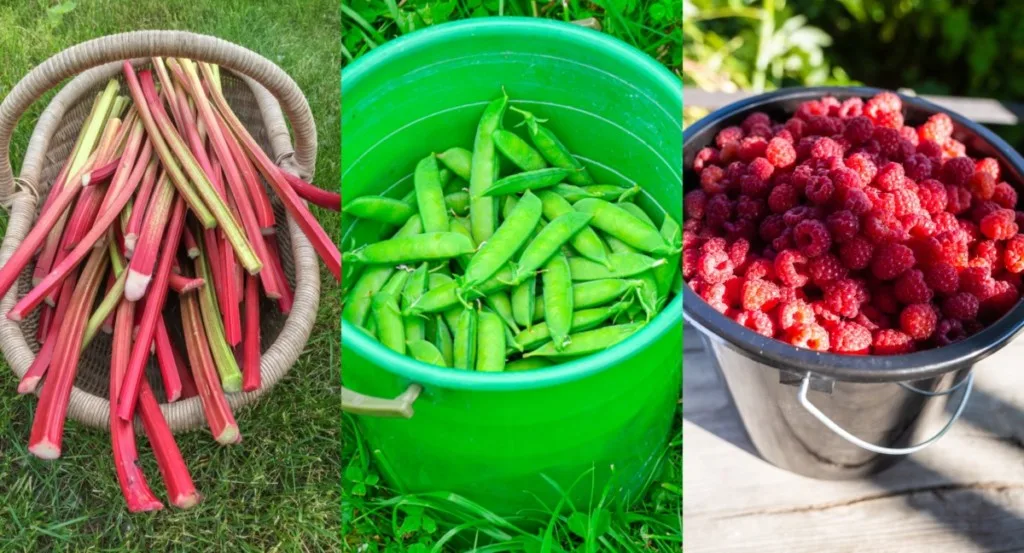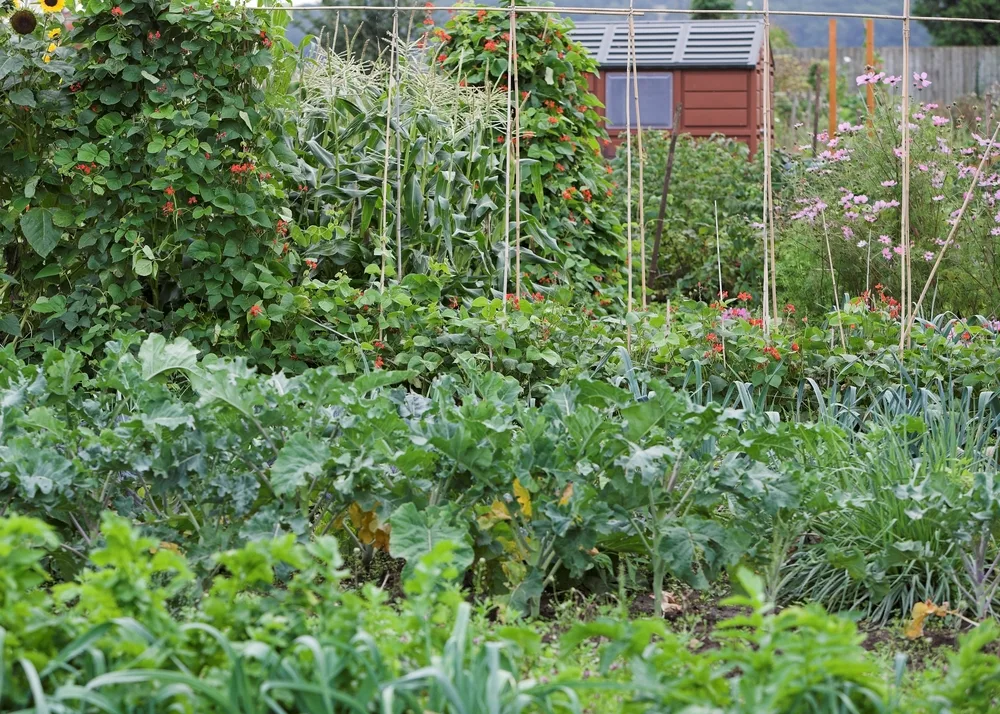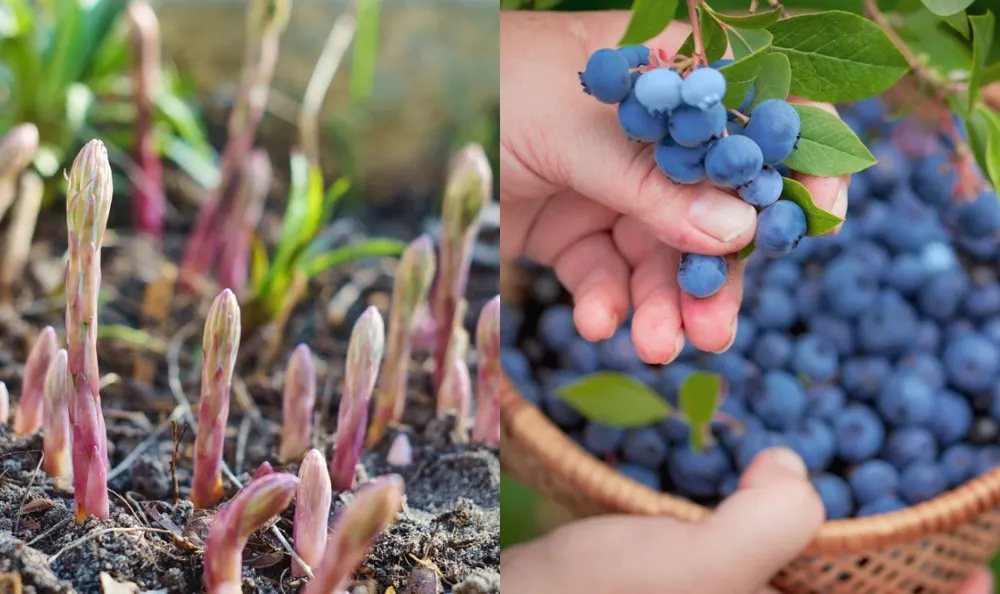
Out of the myriad of reasons for starting a garden, saving money is often among the top.
As is food security, the ability to eat nutrient-dense vegetables which taste far better than store-bought, that are grown from seeds which you save and are chemical-free too.
All things considered, that seems like a lot to ask for!
And yet, that is the way that all food should be grown. Now, attach a label of “high-value garden crops” to the growing list and you’ll start to wonder about the prices they can fetch.
I am not the first to say that gardening is not all about the money, or the money that you can make from your homestead.
Ultimately it is about providing sustenance for yourself and your family.
Gardening is about getting outdoors, stretching and bending over to reach weeds (yes, some for eating!) and getting a good dose of daily exercise to keep you healthy.
It can also help you gain confidence in being self-reliant and in tasting a freedom so sweet, you’ll want to try to grow just as much as you can.
Perennials, annuals, biennials, trees, canes and bushes… Nothing is off limits when it comes to feeding yourself with the best food you can afford.
When you grow food yourself, the cost may not always be less than buying produce from Big Ag, though it will always be fresh, flavorful and just as nature intended.
The value of garden crops
The value of your garden crops is most often defined in monetary value, as it often is, when sold for cash.
Though there are also intrinsic values to your crops, such as nutrient-density, diversity, uniqueness, spectacular flavor, hardiness to drought and a changing climate come first to mind.
Combine these two sets of values together, and you will be able to come up with your own list of high-value garden crops to plant in your very own garden – always giving highest value to the crops you eat and enjoy the most.
After all, the more you can grow in your garden, the less you have to rely on stores, which leaves you with more money in your pocket.
Some of the crops on this list will indeed have a higher cash value, others are valued for the nutrients that can be absorbed through consuming them.
Why grow high-value garden crops?
When you can minimize your input and maximize your output, you will have achieved a respectful level of gardening efficiency.
These harvests will naturally vary from season to season, giving them more or less value – that is the cyclical nature of giving and receiving, and of business in general.
In order to define what a high-value crop means to you, it is useful to know why you want to grow them in the first place.
Make the most use of your growing space
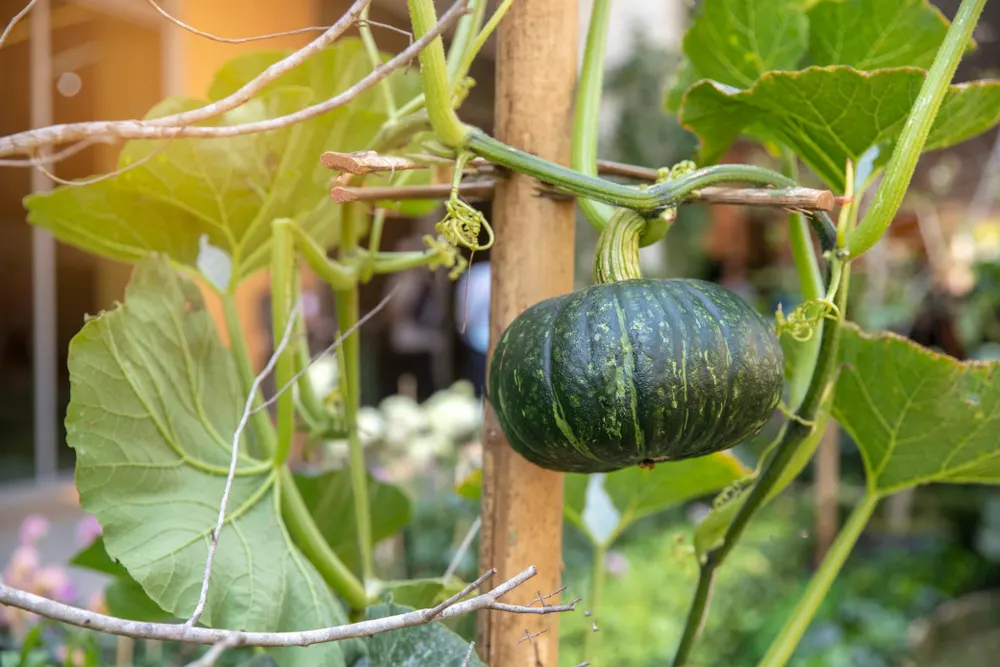
If you have a small garden, chances are great that you will want to plant it with crops that can give the most back. Rather than planting squashes that run amuck, grow aromatic herbs instead. Better yet, trellis your squashes and plant herbs below to maximize your growing space.
Grow up and think about vertical gardening, in order to harvest more food in less space. Also think about succession planting of your high value garden crops, if at all possible, to get the most out of your harvest.
Expensive store-bought crops vs. homegrown
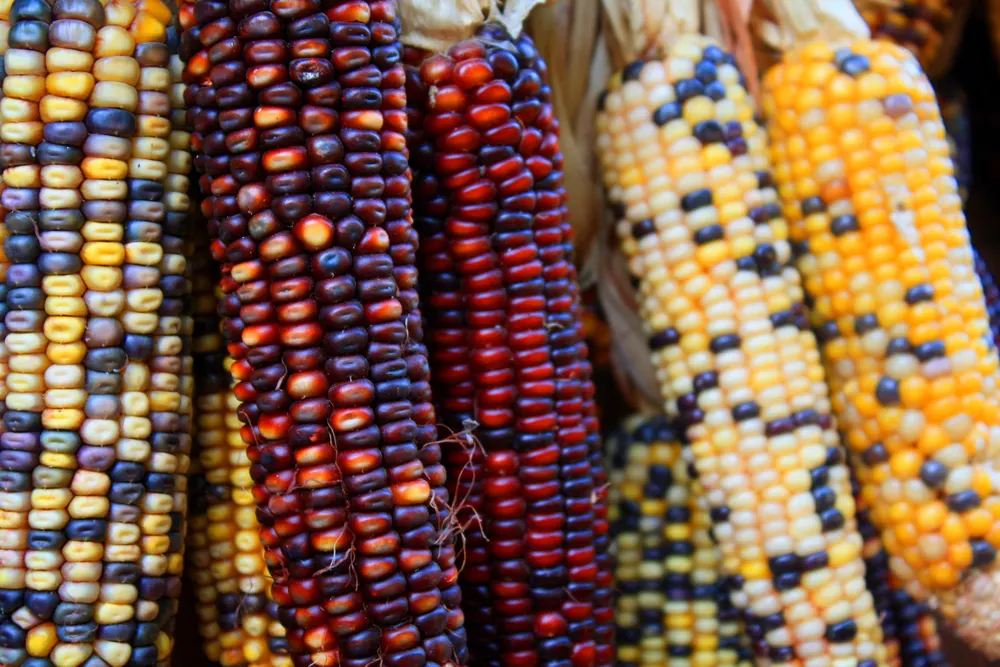
You might also choose to plant attention grabbing heirloom varieties based on their unavailability from the store.
Just as you will likely choose not to grow inexpensive and overly abundant yellow onions. Rather opting for a higher value garden crop of shallots, or sweet red onions instead.
Passing the high value crop taste test
Fruits and vegetables always taste their absolute best when they are harvested fresh – often eaten on the same day.
To put this idea to the test, think about juicy, ripe red strawberries. In order to feel and know the difference between store-bought and homegrown, you’ll have to do some sampling.
Strawberries grown commercially are harvested throughout the year in some regions, which makes them available – you guessed it: year-round!
If you are trying to eat seasonally, this can really throw your sense of reality off. In fact, strawberries have a very short harvest season of a few mere weeks and a very short shelf life of about 3 days.
This makes the concept of farm-to-plate difficult indeed. Especially to get the most delicious strawberries to you, the end consumer, in perfect form and flavor.
Tomatoes are an example of a commercial crop that is picked before they are ripe, then ripened during transport, along the way. The end result is not the same as heading to your backyard for the juiciest pick of the day.
High-value garden crops to plant in your garden
Now, that you have your reasons for choosing to grow high-value garden crops, what exactly do you have to choose from?
Many lists will tell you different things, depending on their “valued” criteria.
This list of high-value garden crops includes a mix of those fruits and vegetables that are either more expensive at the store, are highly lovable and sought after, or those with diverse flavors that add special (unmonetized) value to your diet.
1. Blueberries
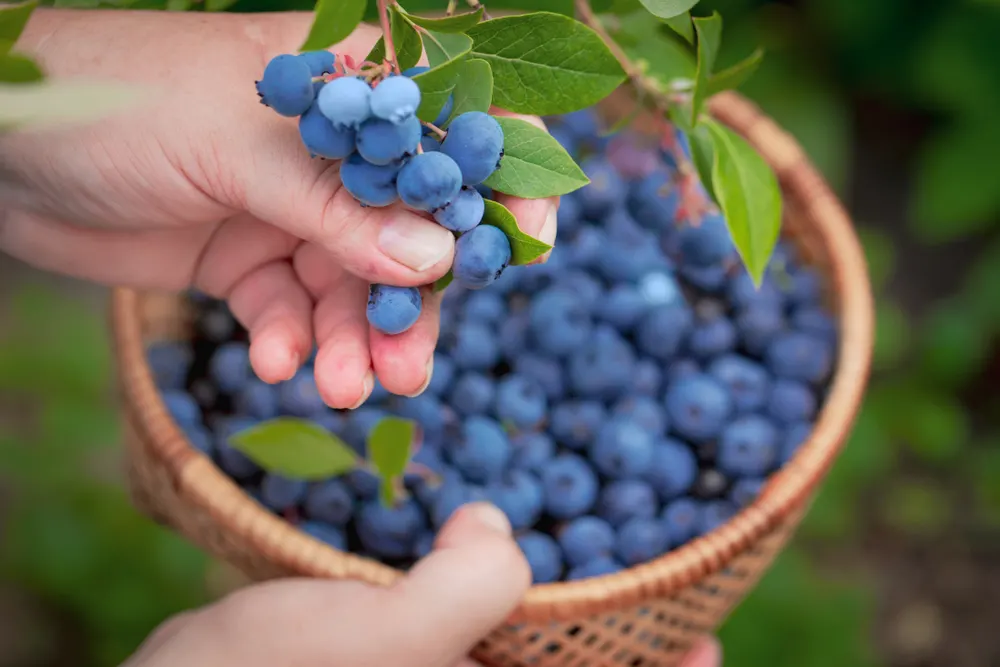
One healthy blue, antioxidant-rich fruit that kids love, are blueberries.
Another thing that is great about them, is that blueberries can be grown in pots. So, if your garden is low on space, you can still enjoy growing and harvesting an expensive fruit with a very short shelf life.
Berries, in general, tend to be on the pricier side.
For starters, they are a bit finicky about where they like to grow. If you live in an area that is too hot, or too humid, they will have less chance of being ripe and robust. Location matters greatly in the berry world, and you better be ready to grow your own, or pay the price the market demands.
Blueberries, like strawberries, are most often hand-picked, which increases their value as well. Isn’t it so much more fun to pick them yourself?
2. Strawberries
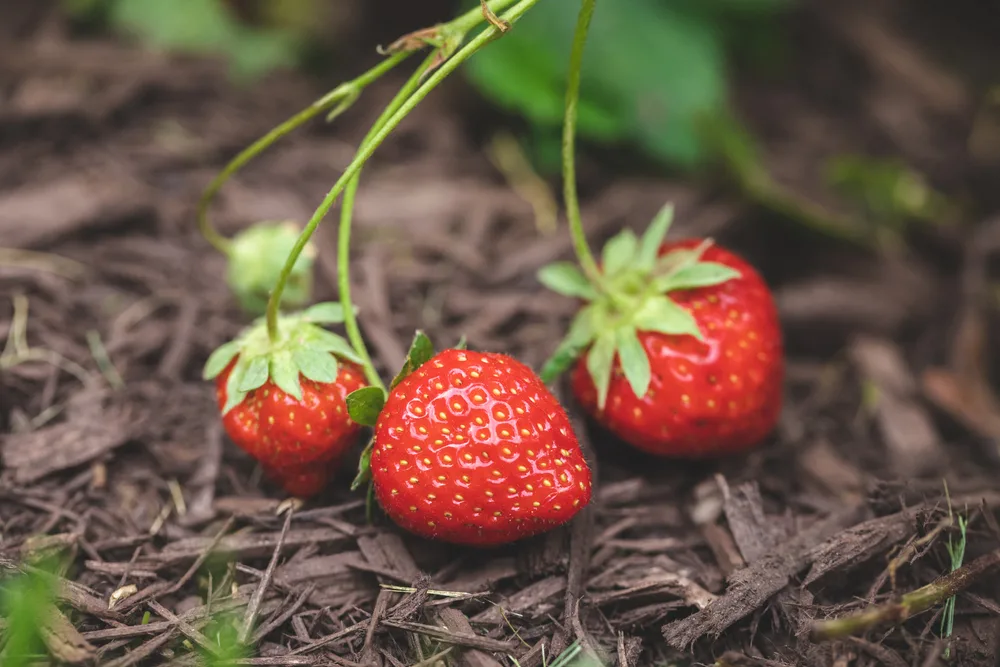
If you are not a blueberry fan, then quite possibly it is a bowlful of strawberries that brings you to your knees. Perhaps even literally so, if you are the one picking them!
Another reason that makes berries so expensive is that they need to be chilled during the entire supply chain – from farm to store to table. And in that time, anything can go wrong. They can get moldy, they can get all squishy and mushy and completely undesirable.
Remember that fresh is best. So, start thinking about ways to pick your own.
Plant those perennial strawberries directly in the ground, grow them in pots or hanging baskets, but most of all, enjoy their sun-ripened sweetness.
3. Rhubarb
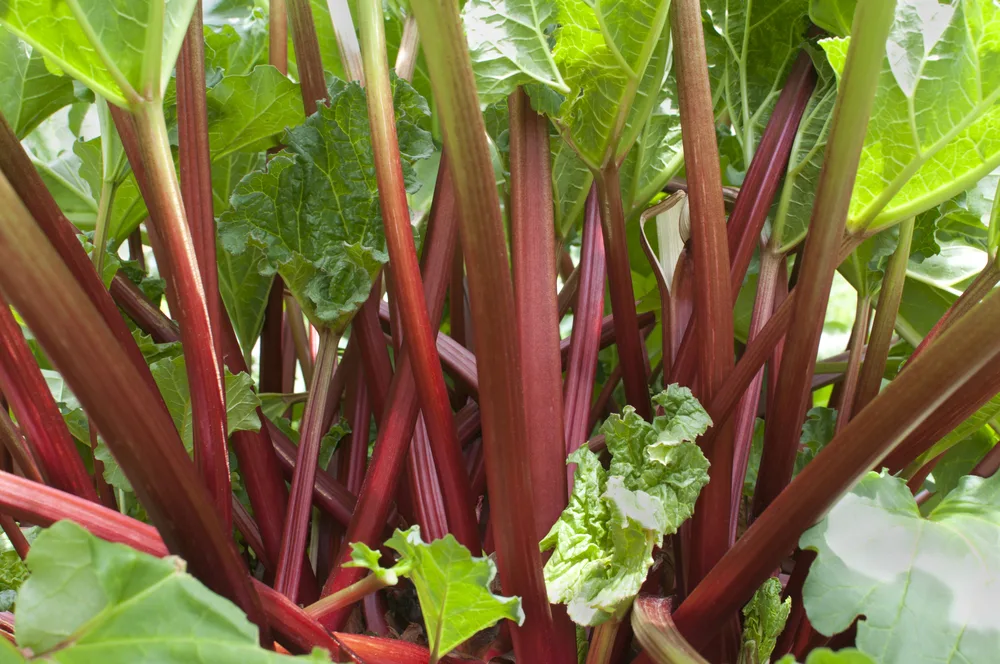
An unexpected one to make the list, rhubarb can be a prolific producer. If you like the flavor of rhubarb, and it grows where you are, it is worth planting a rhubarb crown, or two.
Not only is rhubarb a high-value garden crop (drought-tolerant, perennial, with superb flavor, easy to can, freeze etc.), it is pie-worthy too.
For a gardener who is also a cook/baker, the ability to harvest dessert from the garden is priceless.
4. Asparagus
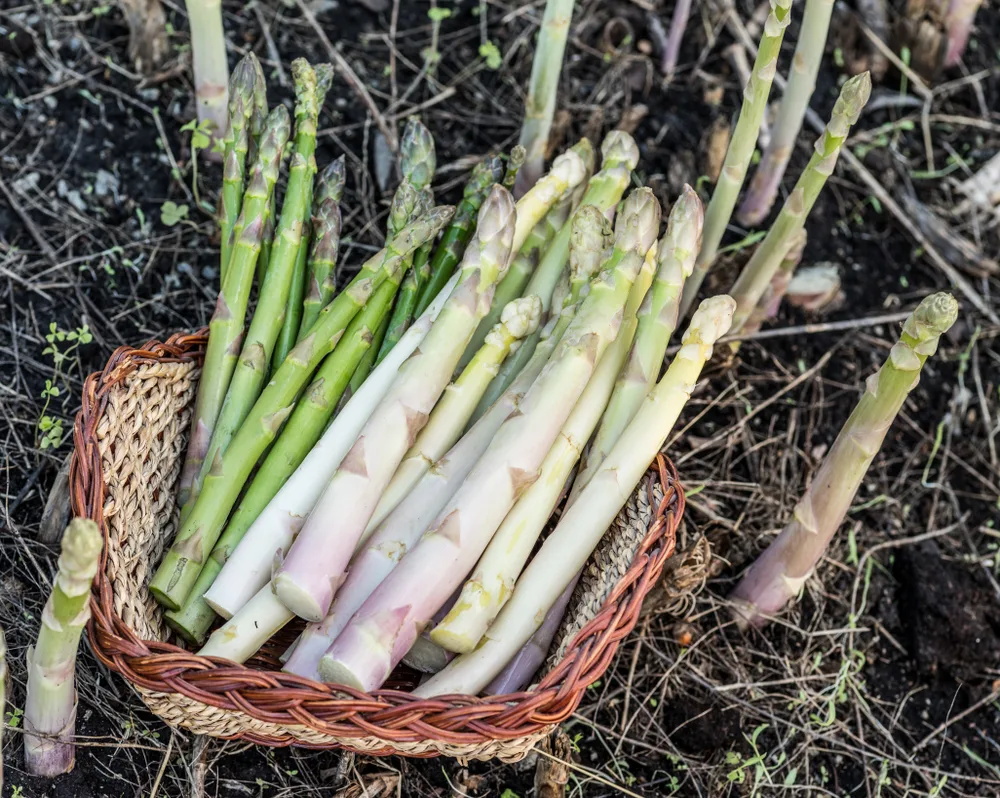
If you are seeking a long-time return on your investment, make sure that asparagus appears in your garden and on your dinner plate.
Asparagus is a grateful perennial that will produce a reliable harvest, each and every year, for up to 30 years!
The caveat here, is that asparagus doesn’t grow everywhere. It grows best in USDA planting zones 2-8, but it dislikes hot and moist climates. This will automatically give it a higher value in places where it cannot be grown, as is the case with all fruits and vegetables.
If you live in an area with high heat and humidity, okra may be a better bet for a high-value garden crop – something that most northerners can only dream about.
5. Swiss chard
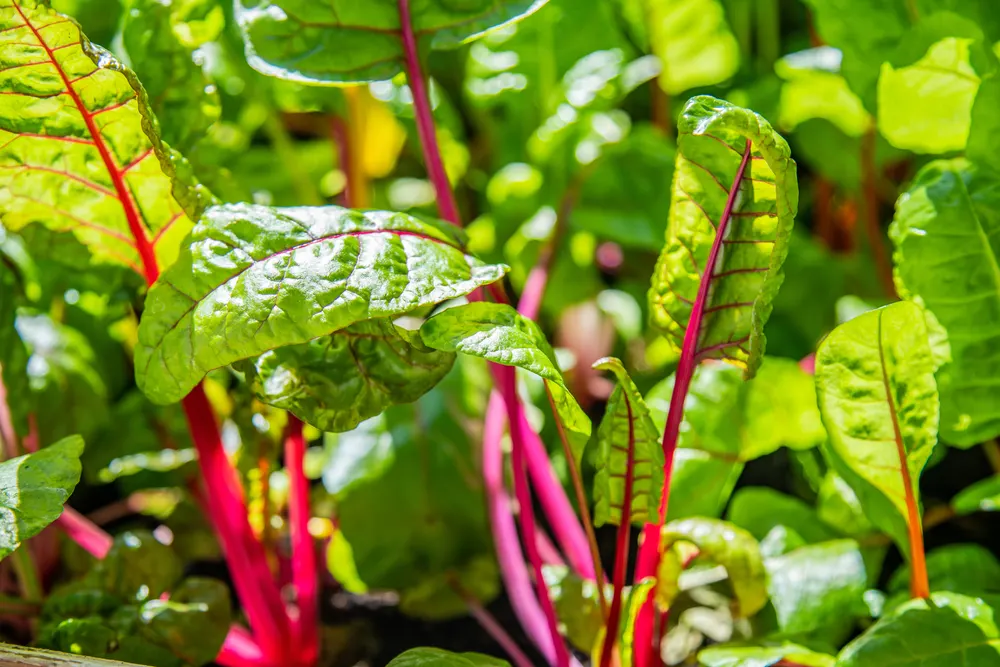
Chard is one of those vegetables that you are introduced to once you have a garden of your own. It is a nutritious leafy green with colorful stalks that range from white to yellow, even bright red.
Swiss chard also happens to be super easy to grow. We’ve found it to be much hardier than either kale or spinach, giving it a higher value on our list.
Both the stems and the leaves are edible, plus it is easy to prepare in a variety of dishes. You won’t often find chard at the store, though you can harvest leaves throughout the summer from your garden.
Creamed Chard and Eggs Skillet @ The Prairie Homestead
Spicy Pickled Swiss Chard Stems @ Heartbeet Kitchen
Roasted Sausage, Chard and Cannellini Beans @ Food52
6. Edible flowers
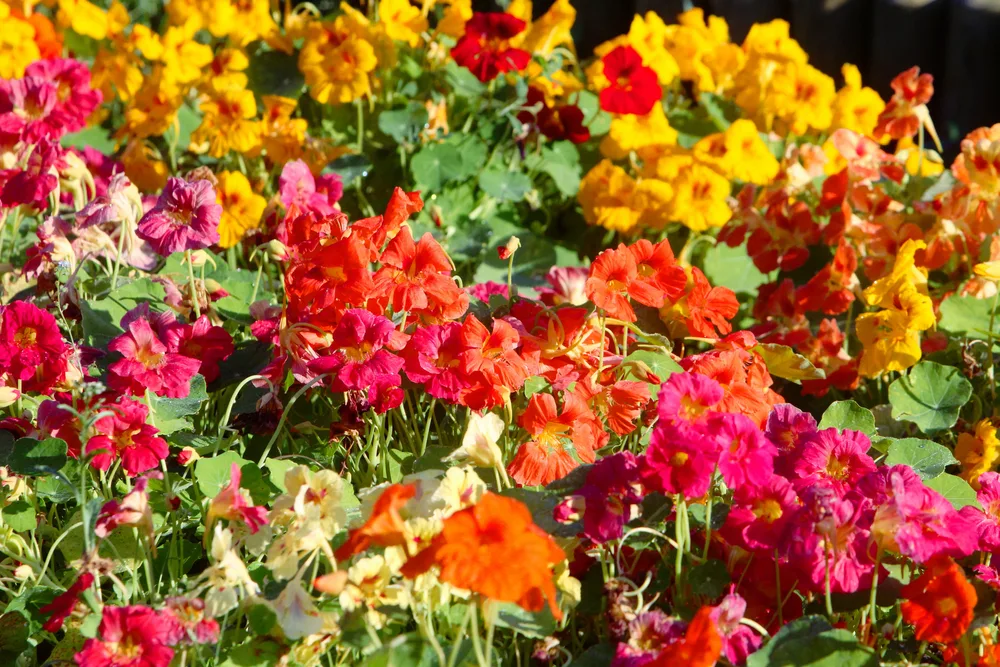
Edible flowers are among the most perishable items that can be grown. Unless, of course, they are preserved by means of drying or pickling.
Flowers, however, are best consumed fresh. Their flavor is intense, the colors are vibrant and it is extremely hard to put a monetary value on that.
Try growing these edible flowers in your garden for starters:
- violets
- nasturtiums
- calendula
- carnations
- cornflowers
- lavender
- roses
- chive flowers
- squash flowers
You can add edible flowers to salads, focaccia bread, cookies and cakes. If you market your garden products right, you could even sell your excess edible flowers to bakers of wedding cakes.
7. Zucchini
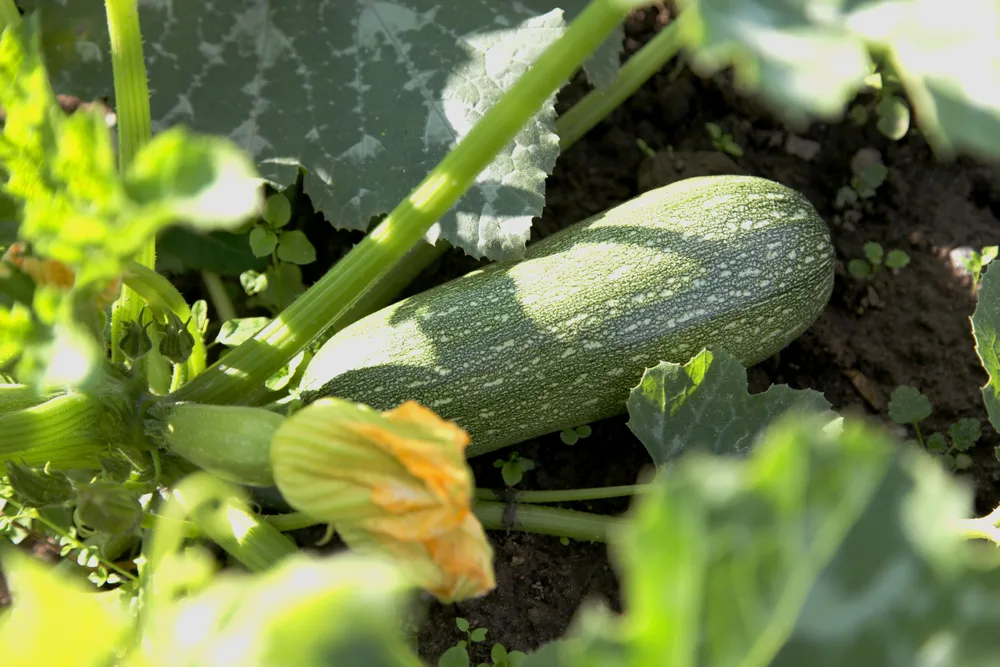
Summer squashes, zucchini in particular, is considered a high-value crop, due to the fact that it gives you a large harvest from very few seeds planted in a small space.
In one growing season, a single zucchini plant can produce 6-10 pounds of fruit from just one seed. Talk about plant efficiency!
Multiply that by 10 nests of zucchini and you have room to let some grow to the largest of sizes, with plenty of small zucchinis to eat young and fresh.
Most everyone who grows zucchini ends up with plenty to share. You can turn them into zucchini relish, zucchini pickles, baked Parmesan zucchini, zucchini fritters and more.
Seriously, the recipes for using up oodles and zoodles of zucchini are endless.
8. French green beans
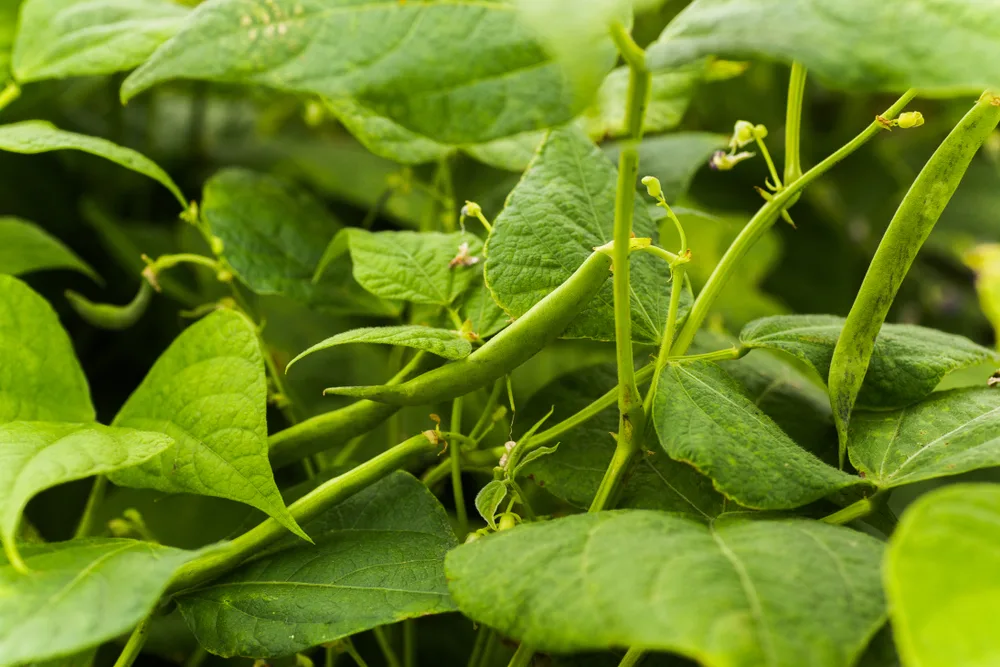
Not only do sautéed green beans look lovely next to the other elements of your dinner plate, they taste amazing too. But regular old green beans aren’t quite as intriguing as haricots verts – also known as thin French green beans.
Haricots verts are slimmer, more tender than American green beans and with a more intense flavor. Proving that less is really more!
If you are searching for flavorful vegetables to add to your diet, be sure to plant them in your garden. Otherwise be prepared to pay out several dollars for a small plastic tray of the cute-little vegetables.
9. Tomatoes
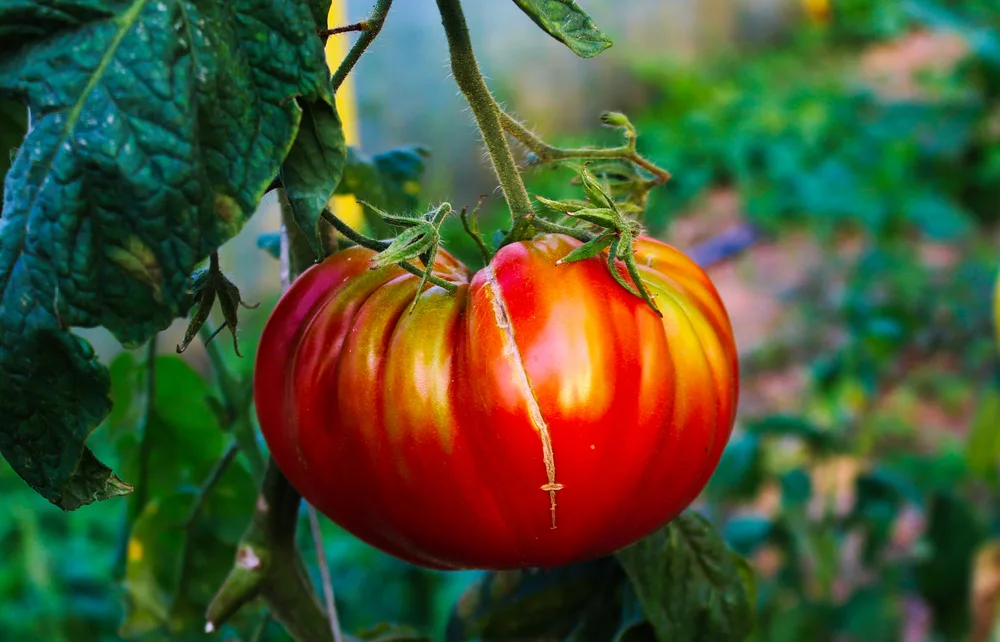
With so many ways to prepare and use tomatoes, it is not a surprise that they are such a popular fruit.
But store-bought tomatoes are often lacking in the flavor and texture departments. They are hard (perfect for shipping), they are unripe (ideal for storing) and they are most often grown in greenhouses (lack of sun = loss of flavor).
At the store you are often limited to picking from just a few tomato varieties. Why settle for that when there are more than 3,000 varieties of tomatoes to explore?
Up the value of your tomato crop and plant some heirloom tomato varieties this year for more color and flavor in your garden.
You may even be able to sell your beautiful tomatoes for a small profit. Plus, you can save your tomato seeds for planting next season. Even if they don’t produce the highest yields, they will give rise to an enjoyment of eating once again.
10. Peppers
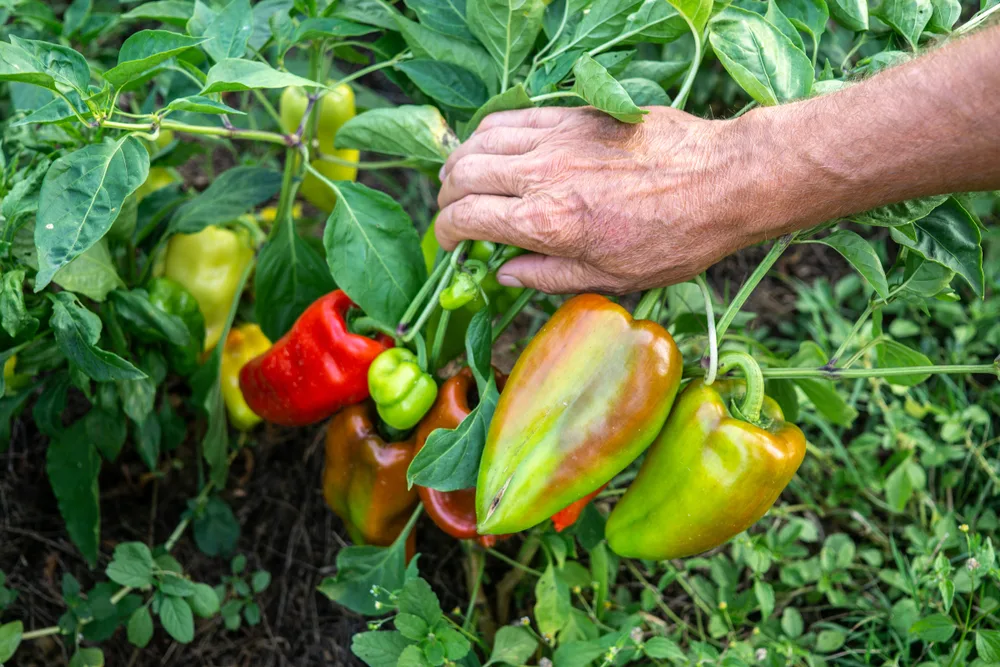
Depending on your location, peppers can be very expensive. Especially when they are eaten out of season.
Bell peppers fall into this list of high-value garden crops because they must be kept on the plant long enough to reach that sweet maturity which everyone knows and loves.
Red peppers fetch the highest prices, followed by orange and yellow peppers, whereas green bell peppers are always the cheapest. The reason for this is that green peppers are harvested sooner than the colored varieties, when they are less mature. This in turn, means a shorter growing season, which uses less resources.
Hot peppers are also considered a high-value crop, because it is weather that often determines the success of a harvestable crop. It also depends on which variety you choose to grow, and how you can market the end product.
11. Broccoli
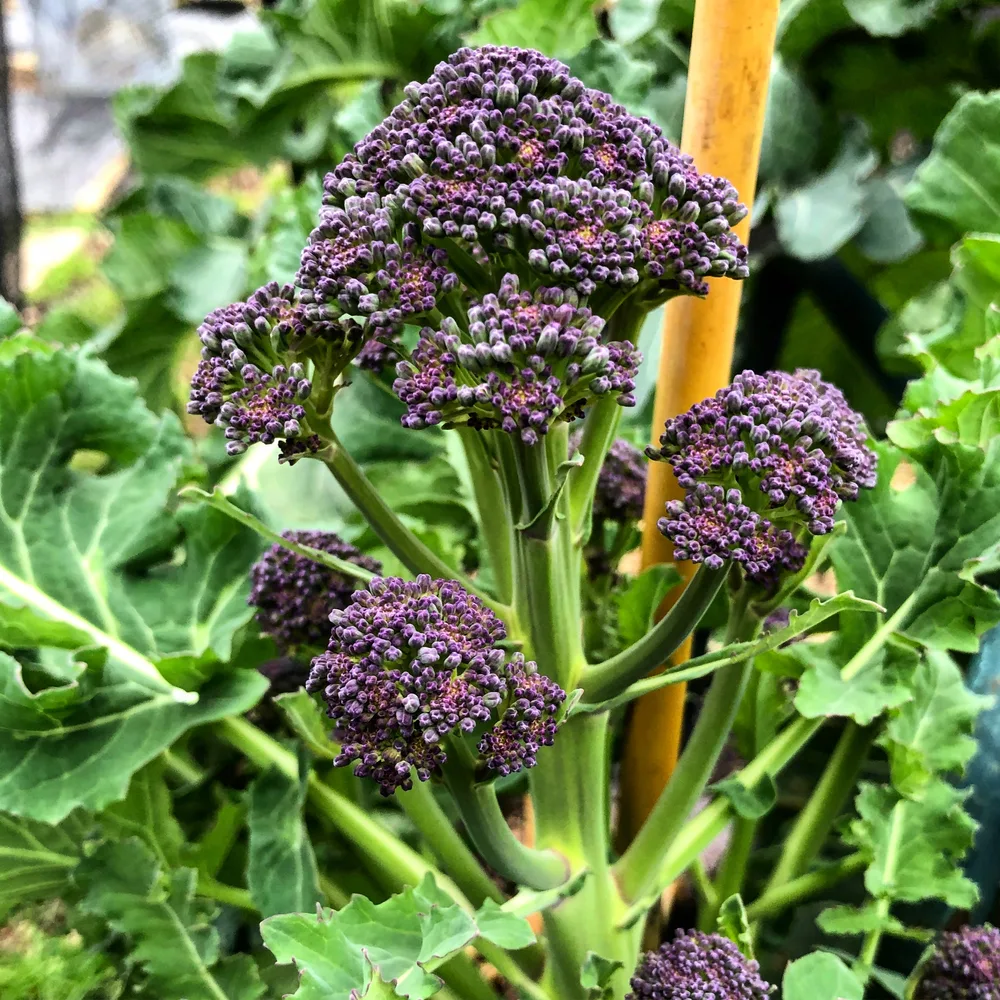
One plant that is chock-full of vitamins, minerals, antioxidants and fiber, is broccoli. It comes in the form of Calabrese, sprouting or purple “cauliflower” and it can be eaten both raw and cooked, making it a very versatile vegetable.
In the garden, seeds germinate fast, though you’ll have to wait 60-150 days to harvest. Patience is required.
Read up on the 14 health benefits of broccoli and find out why you need it in your garden this season.
12. Salad mixes
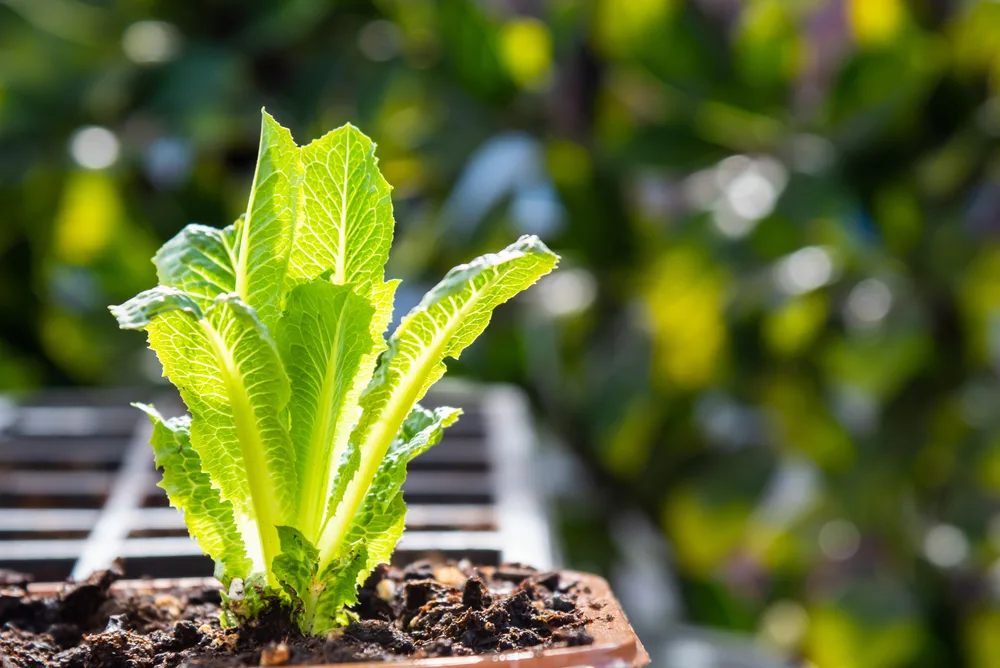
Salad trends come and go, and while you may not want to eat them everyday, you will want to eat them on occasion.
What better way to do that, than to head out into your garden and pluck a handful of leaves – just as much as you need for a fresh salad at one time.
How often has it happened that you bought a head of lettuce with the thought of making a leafy salad to go along with lunch or dinner, only to find a lack of inspiration when it came down to preparation time?
And you know those bagged salads at the supermarket? 40% of the time they are thrown away, due to not using them in time.
In order to prevent so much food waste, grow a variety of leafy greens in your garden and harvest when you are ready. Not only will it save you money, it will nourish you with a diversity of salad mixes too.
How To Grow Cut & Come Again Lettuce @ RuralSprout.com
13. Kale
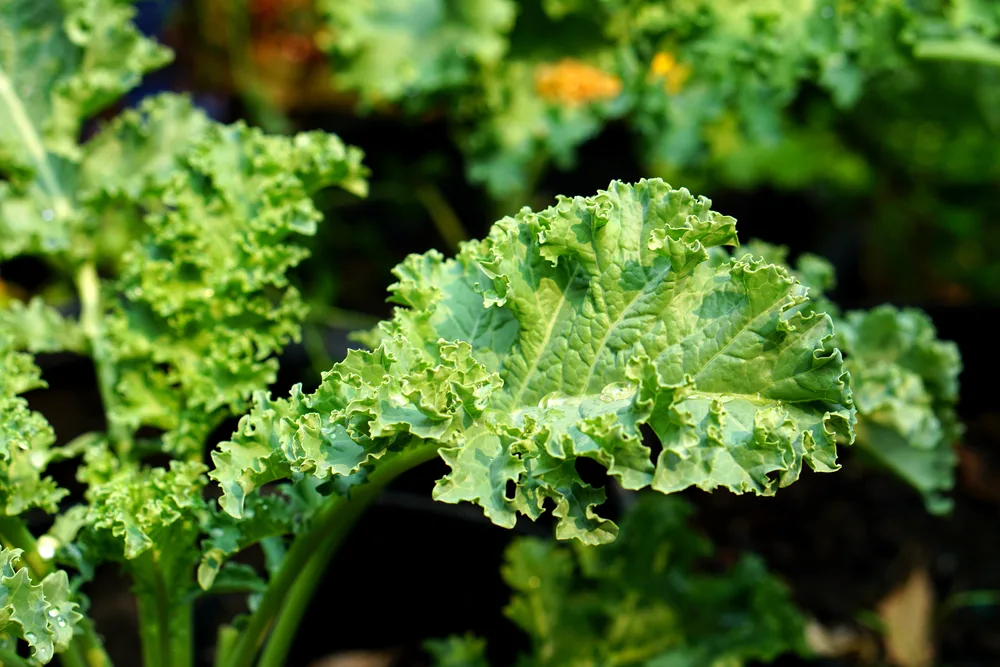
If chard isn’t your thing and you prefer a forkful of kale instead, go ahead and enjoy it for all it is worth!
In some areas kale may be inexpensive, in others it may be completely unavailable – making the value go up considerably.
If you really want to get the highest value from your kale crop, make sure it is organic, starting with the very kale seeds you plant.
One may contest their superfood status, and rightly so. There are plenty of other leafy green options that provide just as many vitamins and minerals, including some common garden weeds which we’ll get to in a minute.
However, if your garden is in partial shade and you are seeking a vegetable crop that will flourish, kale may just become your best friend.
14. Herbs
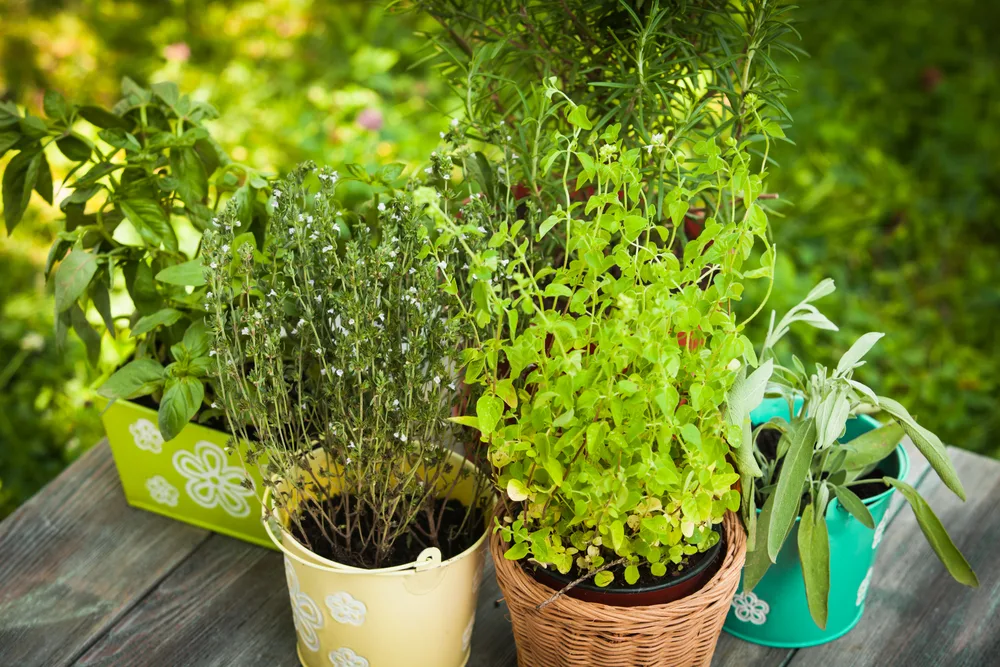
Herbs are always considered high-value crops as they are very profitable at farmers markets. Even herbs bought at the supermarket tend to be on the pricier side.
People adore herbs for several reasons. They make food more exciting, they are often having medicinal properties and they can be used in healing herbal tea blends.
In the garden, many herbs can be used as companion plants, taking up very little space between your rows of crops.
- basil
- chamomile
- chives
- cilantro
- dill
- lemon balm
- marjoram
- mint
- lavender
- oregano
- rosemary
Not only can garden herbs be used or sold fresh, they can easily be dried and added to herbal teas and spice mixes – which people are willing to pay generously for.
15. Wild plants
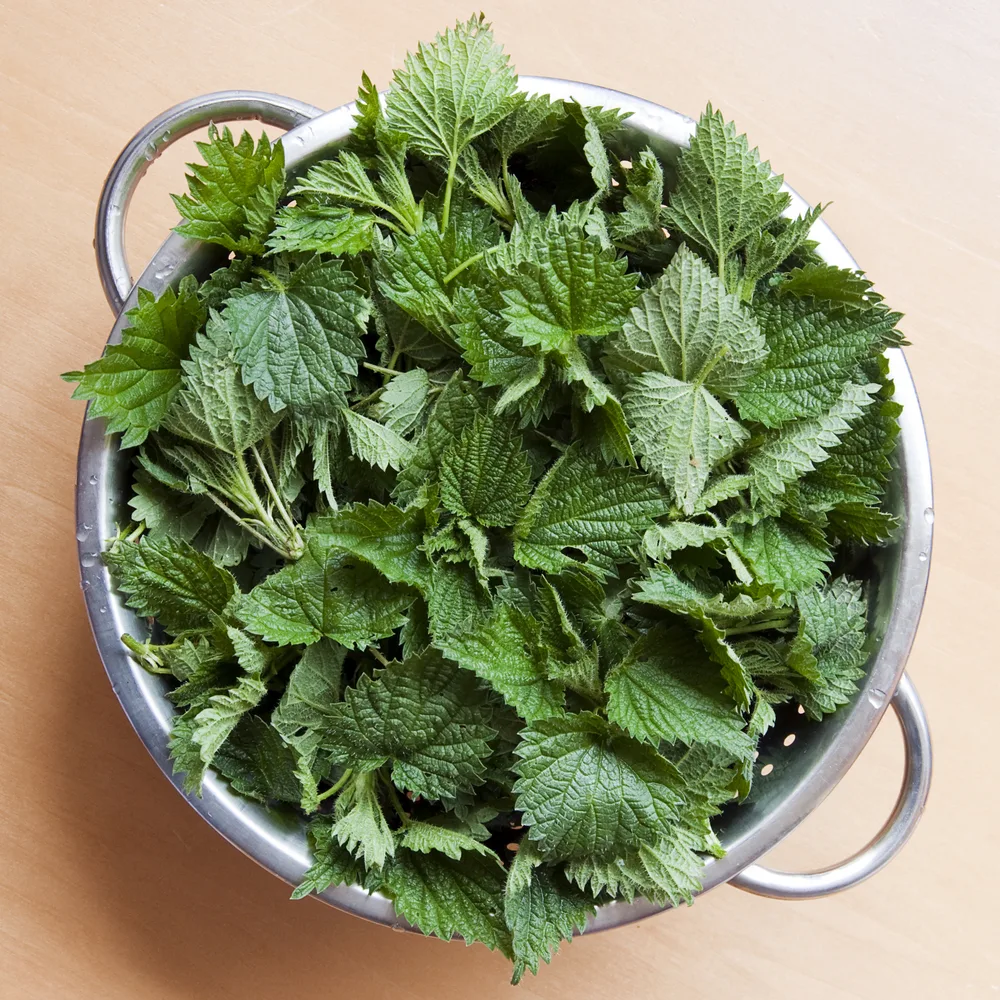
You can’t put on a price on free, or on the numerous benefits you receive when foraging in the wild.
Hop shoots are indeed one of the most expensive vegetables you can buy, outside of truffles, and perhaps saffron, that is. Truffles are technically a “fruiting body of a subterranean ascomycete fungus” and are in a category all their own.
Instead, let’s talk about what nature has to offer in abundance, if you have the foraging skills to find what you are looking for.
Dandelions are always a treasure to harvest and are easily recognizable.
Nettles are a treasure trove of essential vitamins and minerals that nourish our bodies after a long winter.
Wild garlic is one of the earliest spring greens that has wonderful antibacterial and antibiotic properties.
Anytime you can harvest valuable plants from the wild, you know you are onto something good.
To obtain the most value from your cultivated “high-value” crops, you must also become a proficient gardener, knowing just what each plant needs to thrive. Then you can reap the most amazing harvests ever!
Further reading:

Get the famous Rural Sprout newsletter delivered to your inbox.
Including Sunday musings from our editor, Tracey, as well as “What’s Up Wednesday” our roundup of what’s in season and new article updates and alerts.



